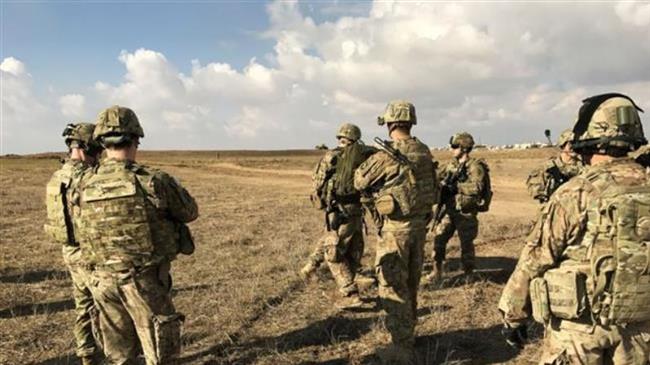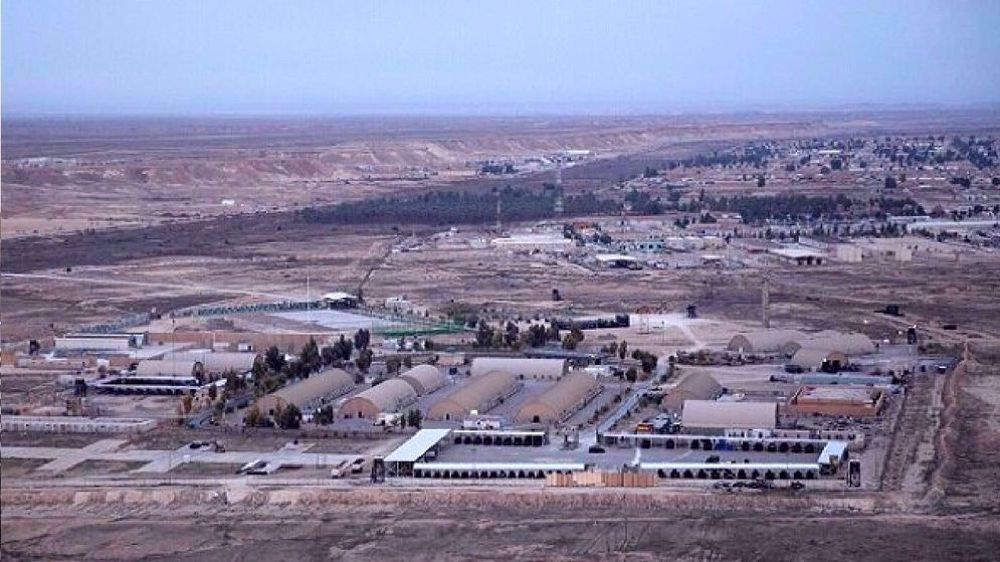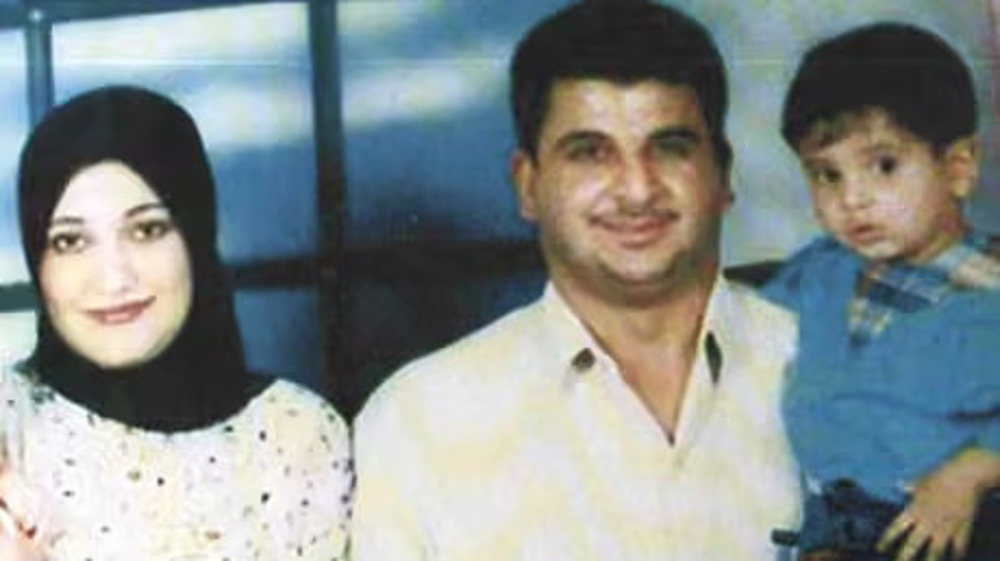US, UK ran secret prisons in Iraq after 2003 invasion
The US and British military ran at least two secret prisons in Iraq during the months following the 2003 invasion, concealing prisoners from Red Cross inspectors, Middle East Eye has learned.
The British army’s most senior legal advisor in the country at the time is understood to have made a criminal complaint to police when he discovered the existence of the so-called black sites.
He alleged that the prisoners may not have been notified to the Red Cross and may subsequently have been rendered out of the country.
The disclosure comes after a joint investigation by the BBC and Sunday Times newspaper concluded that the British government and senior army commanders covered up evidence that troops had been involved in murder and torture in both Iraq and Afghanistan.
After interviewing 11 former civilian police officers who investigated allegations of war crimes, the two news organizations reported that the UK’s Ministry of Defense (MoD) was determined that no prosecutions should be brought in order to protect the reputation of the country’s military.
One of the two secret prisons that were the subject of the military lawyer’s complaint was inside a joint US-UK forward operating base known as H1, located at an airfield and oil pipeline pumping station in Iraq’s Western Desert.
The second, outside the town of al-Qaim near the Syrian border, was known to coalition forces as Station 22.
Missing file
The existence of the detention facility at H1 came to light when an anonymous call was made to a British Royal Air Force (RAF) base in June 2003, alleging that an Iraqi prisoner of war had been beaten to death aboard one of its aircraft while being taken to the prison.
An inquiry by RAF police faced a series of obstacles, and MEE understands that a file on the case at one point disappeared from the offices of RAF lawyers.
Subsequently, a judge-led inquiry published earlier this year established that the victim, who was named in the report as Tariq Sabri Mahmud, had been killed when he was restrained and thrown to the floor inside a Chinook helicopter. His body was promptly buried at H1.
Another prisoner lost consciousness during a flight, and a third had his prosthetic legs removed.
These men were among 63 prisoners of war being flown to H1 for interrogation after being detained at a roadblock in western Iraq on 11 April 2003, by Australian and American Special Forces. It is unclear how many prisoners were detained at H1 in total or how long the detention facility remained in operation.
It is also unclear whether the prisoners were later transferred to the main coalition prisoner of war camp at Umm Qasr, south of Basra.

British army lawyers are understood to have sought information about the prisoners once the existence of the detention facility came to light, but without success.
Clarification on the whereabouts of the prisoners has not been provided to them by the British authorities despite numerous requests.
British government 'blocked inquiries'
A senior former army lawyer lodged a complaint with a policing panel, the Iraq Historic Allegations Team (IHAT), which was examining allegations of British war crimes.
The BBC and Sunday Times reported this week that 11 former IHAT investigators say nothing came of their inquiries because the British government and senior military commanders were determined that no soldiers would face prosecution.
The MoD refused to answer MEE’s questions about H1, would not disclose what happened to the prisoners, and declined to comment on the matter.
Up to 20,000 people were held at Umm Qasr during the years following the invasion.
The US also operated a number of other detention facilities. One, Abu Ghraib, became notorious following the disclosure of a number of photographs showing inmates being abused.
A lesser-known detention facility was run by the US at Balad, north of Baghdad, while another operated, with UK assistance, at Baghdad International Airport.
A leaked Red Cross report later showed that its inspectors had grave concerns about the treatment of inmates at Abu Ghraib and had also complained about the mistreatment of some prisoners at Umm Qasr.
Earlier this year, MEE disclosed that the British army sent a small team of interrogators to Abu Ghraib at the height of the scandal over the torture of inmates.
(Source: Middle East Eye)
VIDEO | Venezuelans demonstrate in support of kidnapped president Nicolas Maduro
Venezuela’s independence, sovereignty ‘non-negotiable’: Ambassador to Iran
Kidnapped Maduro to appear in New York court with protests expected outside
Iran’s Judiciary chief warns rioters will face firm action without leniency
Monitor group: Israeli forces, settlers carried out nearly 24,000 attacks in 2025
VIDEO | American lawlessness: This time in Venezuela
Explainer: Why the United States incarcerates more people than any other country
VIDEO | Iranian security forces arrest Mossad agent operating among rioters










 This makes it easy to access the Press TV website
This makes it easy to access the Press TV website